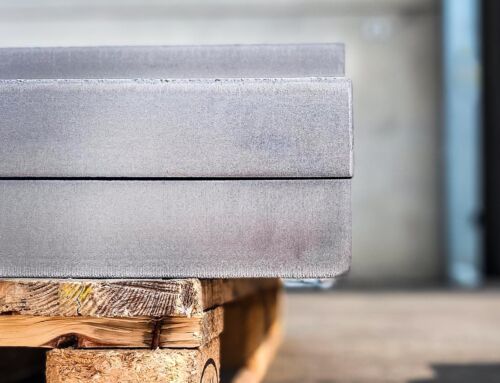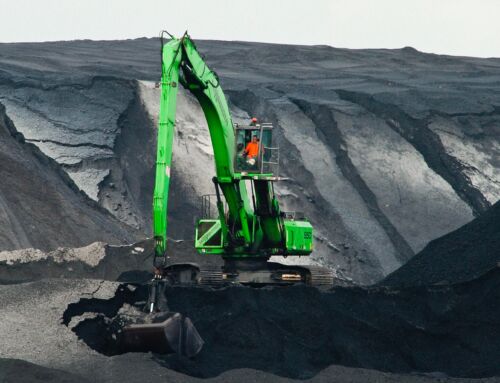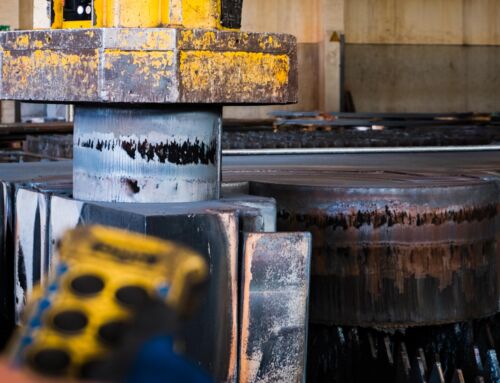Let’s take a brief look at the chemical characteristics and mechanical tests that we see in the certificates issued by the manufacturer.
As mentioned above, the steel mill certificate must have specific characteristics. Reporting the manufacturer’s name is as a matter of course as the customer’s name with references regarding the customer’s order and the manufacturer’s order confirmation. It must also include references to European standards governing certificate issuance (EN10204), sheet metal fabrication (EN10025) dimensional (EN10029) and surface (EN10163) tolerances. In addition to these it must bear the CE mark ( European manufacture), the dimensions of the part, the quality of the product (e.g. S355J2+N, S355JR+AR, P355NH, P355NL2, etc.) the casting number (indicates the slab from which the plate was made) the plate number(s) (more than one plate can be made from a slab, usually letters and digits are added to the casting number), the weight of the plate (usually theoretical) the date of issue, the signatures of the steel mill operator in charge of issuing it and of the manager in charge of quality control.
In addition to these very important details to make the document official, we will find the technical details. The first thing we should be interested in is the chemical analysis, which averages 14 elements. In addition to giving us the ability to verify that the percentage of each individual element is within the range provided by the reference standard, it allows us through the fifteenth value (Ceq or Cev) to be able to verify the goodness of the value expressed regarding Carbon Equivalent, i.e., the weldability index. An experienced welding operator immediately checks that value and understands whether the material will be more or less weldable. Our suppliers produce S355J2+N material with an average carbon equivalent value just above 0.40 percent which means that the material is weldable without any problems or special precautions. The Ceq or Cev is derived through a mathematical equation that includes several elements of chemical analysis but rest assured, manufacturers do not get it wrong ergo we can trust the figure given in the certificate.
We now turn to the second part of the certificate.
Any heat treatment will be indicated by a letter (S355+N). The bold letter indicates that the material has been normalized, i.e., internal stresses due to the mechanical rolling process have been eliminated. This process can be done in a furnace, taking the sheet metal and bringing it to a certain temperature for a certain period and then letting it cool, or by a thermomechanical process, that is, by controlling the temperature and timing of cooling during rolling. The latter process is also called temperature-controlled rolling or “controlled fine rolling.” Certainly it is a type of operation that can be done only for certain thicknesses and qualities, otherwise all that remains is the normalization process in the oven.
Now let’s turn to the mechanical evidence.
The manufacturer, from each sheet, obtains several specimens that he will need to carry out laboratory mechanical tests to certify the tensile strength, yield strength, elongation value, hardness, resilience value, and other tests if agreed upon in the order. For each test, it should indicate the location where the specimen was taken, relative to the rolling direction of the plate and the temperature at which the test was performed; in fact, steel is thermo-conductive, that is, mechanical tests have different outcomes at different temperatures.
Obviously, the result must be within the values stipulated in the standard in order to certify the material. The values of the mechanical tests, are values as important as the Ceq (or Cev) related to weldability, which would deserve an in-depth study for each of them and which perhaps we will do in future articles .
In summary , the certificate is the identity card of the sheet, a sheet without it is nobody’s child ergo nobody will be accountable in case of any issues or disputes of any kind. This is also why the certificate can only be issued by the sheet metal manufacturer. This, however, does not preclude the possibility of requiring during production and certification by the producer the intervention of an external body to testify to the producer’s correctness (cert. 3.2) or of supplementing a certificate with only chemical analysis (cert.2.1) with a certificate from a laboratory outside the producer but nevertheless accredited by current regulations.







